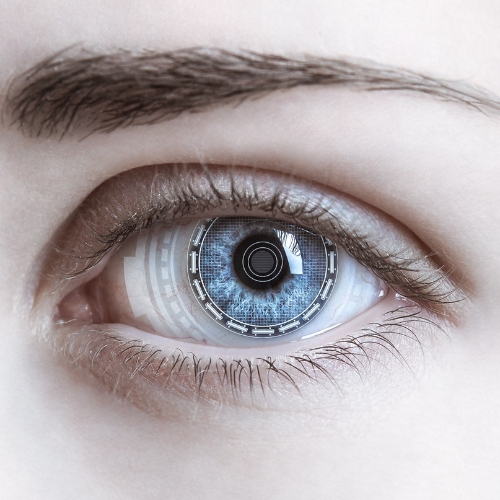Key points from article :
Scientists have developed an artificial eye that provides vision for humanoid robots.
Can even function as a bionic eye for visually impaired people in the future.
Team from Hong Kong built the ElectroChemical Eye or EC-Eye, having the size of real eyes.
Mimics iris, retina using a lens to focus light onto dense arrays of light-sensitive nanowires.
Then passed through wires acting like the brain’s visual cortex, to a computer for processing.
During tests, the computer was able to recognise the letters ‘E’, ‘I’ and ‘Y’.
It could in theory be connected to an optic nerve to relay information to a human brain.
The proof-of-concept device currently has a low resolution.
Up to 10-times more nanowires than biological photoreceptors could potentially be used.
This is to allow tech to distinguish between visual light and infrared radiation.
Will also allow seeing smaller and farther objects, night vision.
Researchers from Hong Kong University of Science and Technology, published in Nature.





